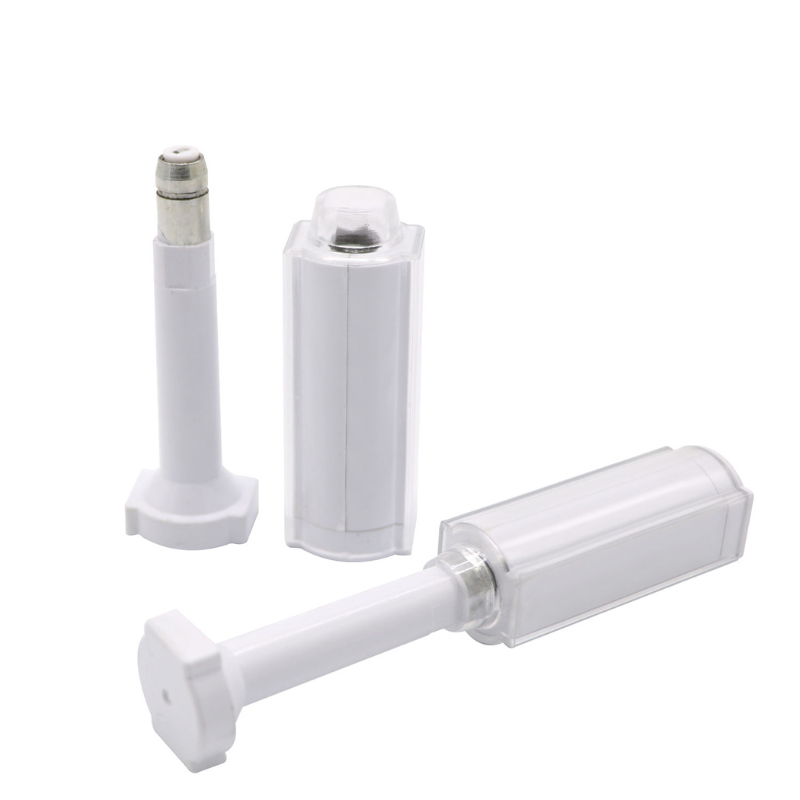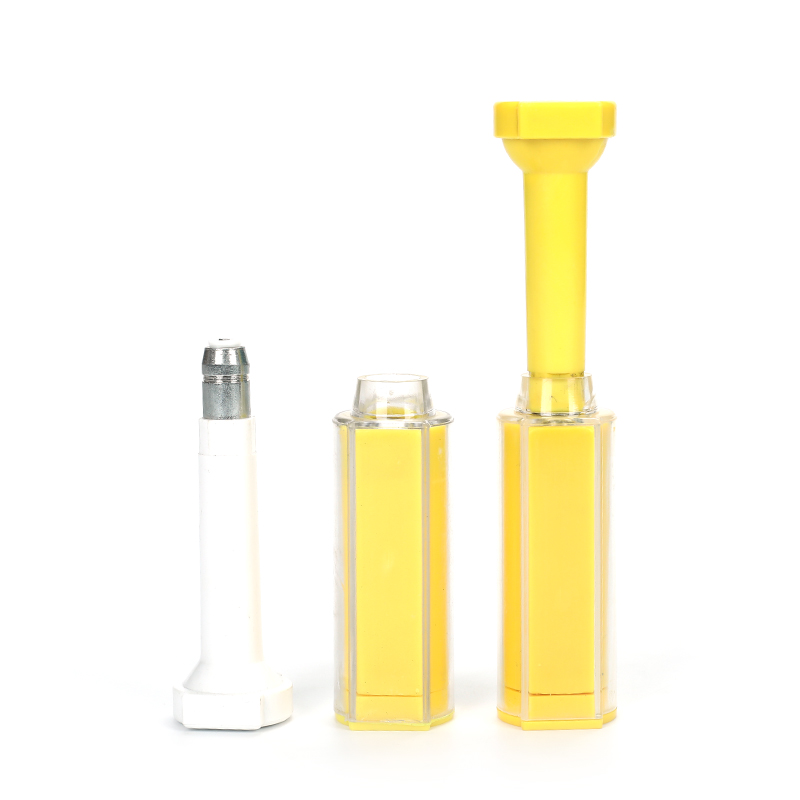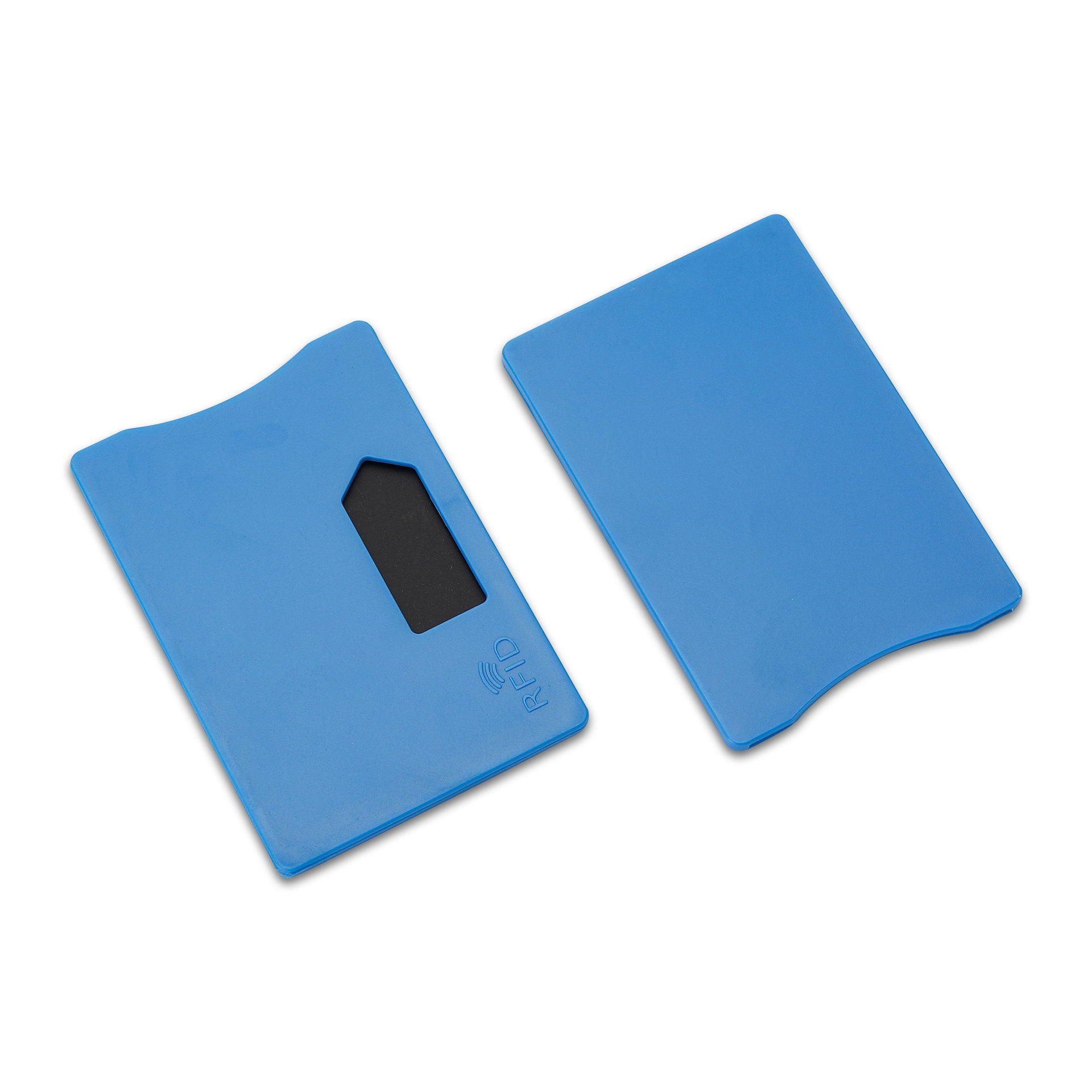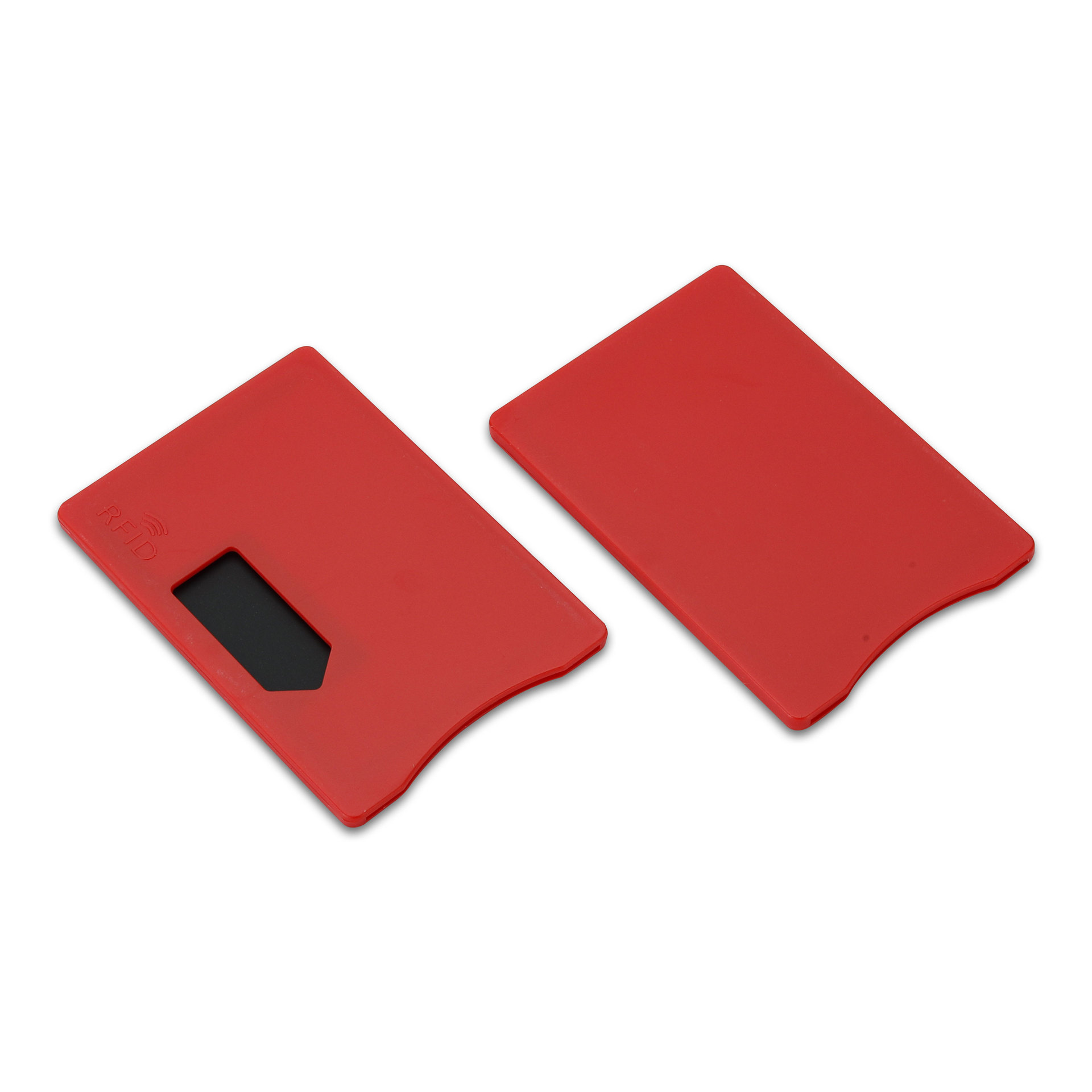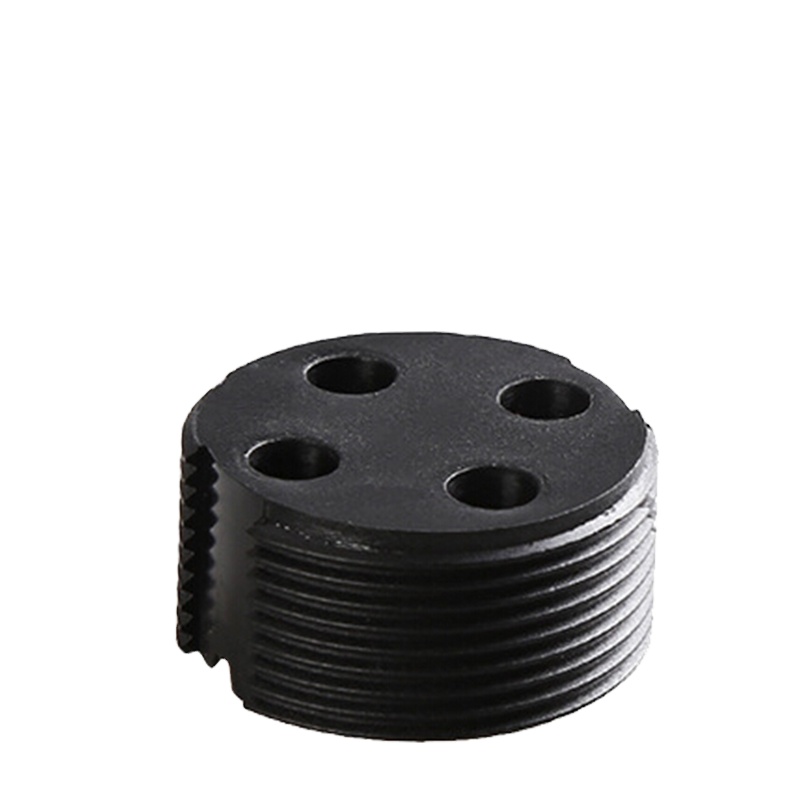
How to Remove RFID Sticker Adhesive off Headlight?
Table of Contents
How to Safely Remove RFID Stickers from Vehicle Headlights: A Complete Guide
This comprehensive guide will walk you through the process step-by-step, ensuring you can safely and effectively remove RFID labels while preserving your headlight’s integrity. Whether you’re replacing an old tag or preparing for vehicle resale, we’ve got you covered with expert tips and proven techniques.
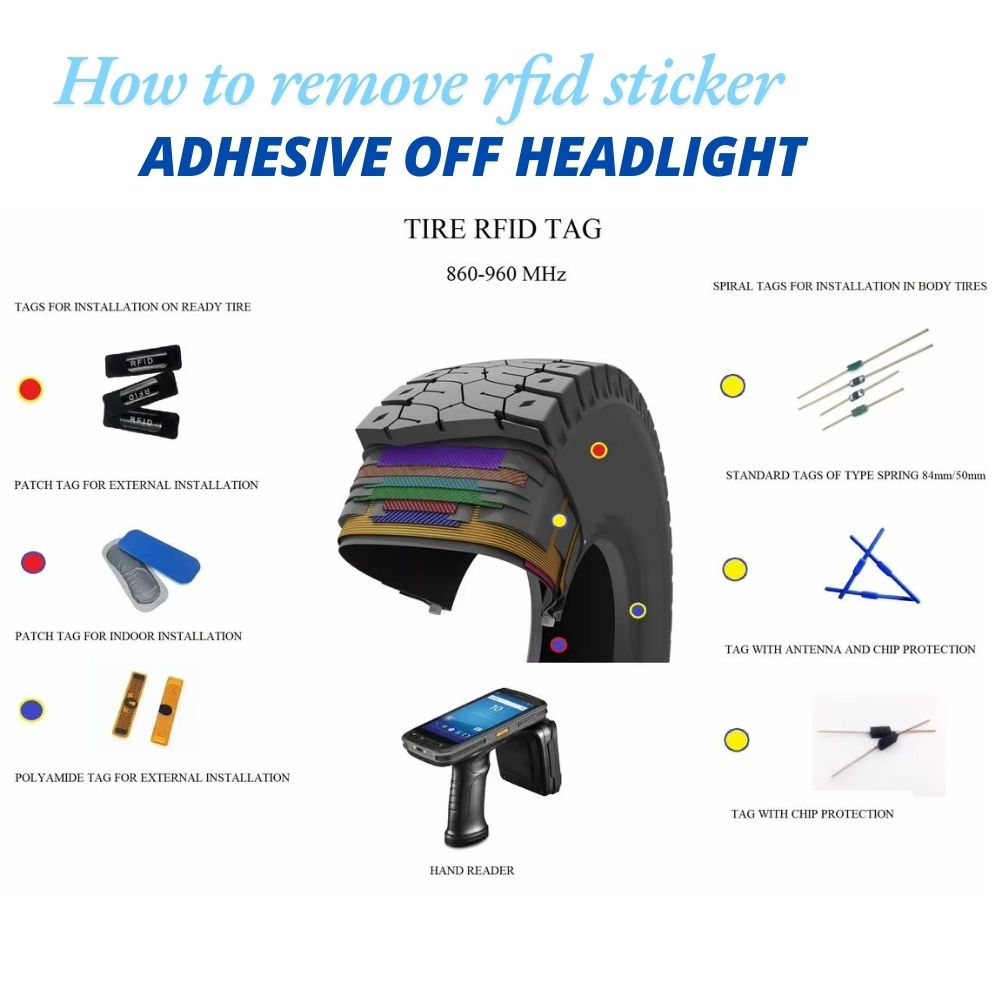
Why This Guide Matters
RFID stickers on headlights serve important purposes for vehicle identification and access control, but there are times when they need to be removed or replaced. Improper removal can damage your headlight lens or leave behind stubborn adhesive residue. This guide ensures you can handle the task like a pro.
What Are RFID Headlight Stickers and Their Purpose?
RFID headlight stickers are tamper-proof UHF RFID headlight labels that serve as electronic identifiers for vehicles. These highly durable tags are commonly used in:
- Gated communities for resident access control
- Parking facilities for automated entry
- Fleet management systems
- Vehicle registration and identification
The ISO18000-6C standard ensures these tags provide reliable identification while being resistant to unauthorized access or tampering.
What Tools Do You Need for RFID Sticker Removal?
Before starting the removal process, gather these essential items:
- Heat source (hair dryer or heat gun)
- Adhesive remover (Goo Gone or WD-40)
- Microfiber cloth
- Plastic scraper
- Clean rags
- Isopropyl alcohol
- Protective gloves
How Does Heat Help in RFID Sticker Removal?
Heat is your best ally when removing RFID stickers because it:
- Softens the adhesive, making it easier to peel
- Reduces the risk of damaging the headlight lens
- Helps prevent the sticker from breaking into pieces
Important: Maintain proper temperature control to avoid overheating the headlight lens, which could cause deformation.
Step-by-Step RFID Sticker Removal Process
- Clean the Surface
- Wipe the area around the sticker with a damp microfiber cloth
- Remove any dirt or debris that might scratch the lens
- Apply Heat
- Use a hair dryer on medium heat setting
- Hold it 6-8 inches from the surface
- Heat the sticker for 2-3 minutes in circular motions
- Begin Peeling
- Start from one corner
- Peel slowly at a 45-degree angle
- Continue applying heat as needed
- Remove Adhesive Residue
- Apply adhesive remover to any residue left behind
- Wait a few minutes for the solvent to penetrate
- Gently wipe with a clean rag
What Are the Best Adhesive Removers for RFID Stickers?
Several effective solutions are suitable for removing adhesive residue:
| Product | Best For | Safety Rating |
|---|---|---|
| Goo Gone | Stubborn residue | High |
| WD-40 | Quick removal | Medium |
| Isopropyl alcohol | Chemical-free option | High |
Common Mistakes to Avoid During Removal
- Don’t rush the process – patience ensures better results
- Avoid metal scrapers – they can scratch the lens
- Don’t overheat – excessive heat can damage the headlight
- Never use harsh chemicals – they may cause lens clouding
How to Prepare for New RFID Sticker Installation?
After removal, prepare the surface for a new RFID label by:
- Thoroughly cleaning the area
- Removing all chemical residues
- Ensuring the surface is completely dry
- Checking for proper temperature conditions
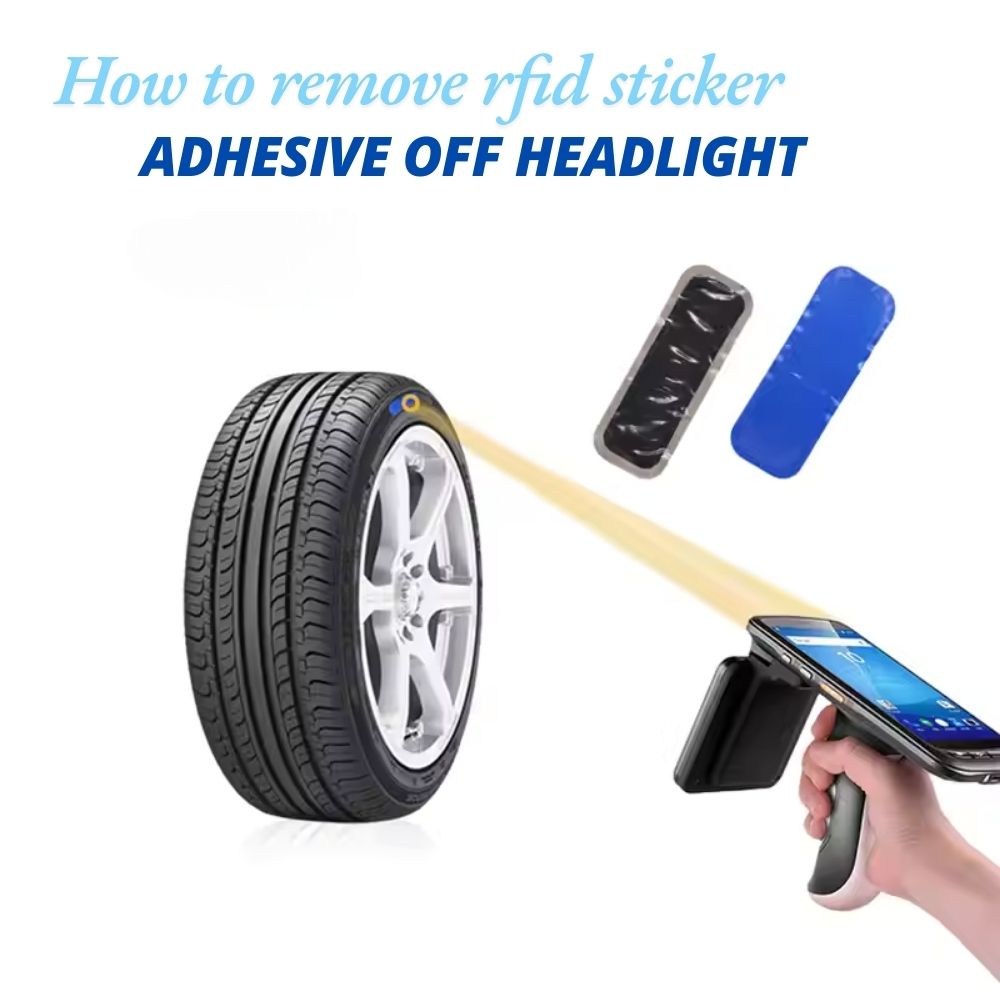
Frequently Asked Questions
Will removing the RFID sticker damage my headlight?
Following proper removal steps and using suitable tools will prevent damage to your headlight lens.
How long does the removal process take?
The entire process typically takes 15-30 minutes, depending on adhesive strength and environmental conditions.
Can I reuse the RFID sticker after removal?
No, RFID stickers are designed to be tamper-proof and will not function properly after removal.
What if the sticker breaks during removal?
Continue applying heat and remove the pieces carefully, focusing on preventing scratches to the lens.
Comments
Hot Products
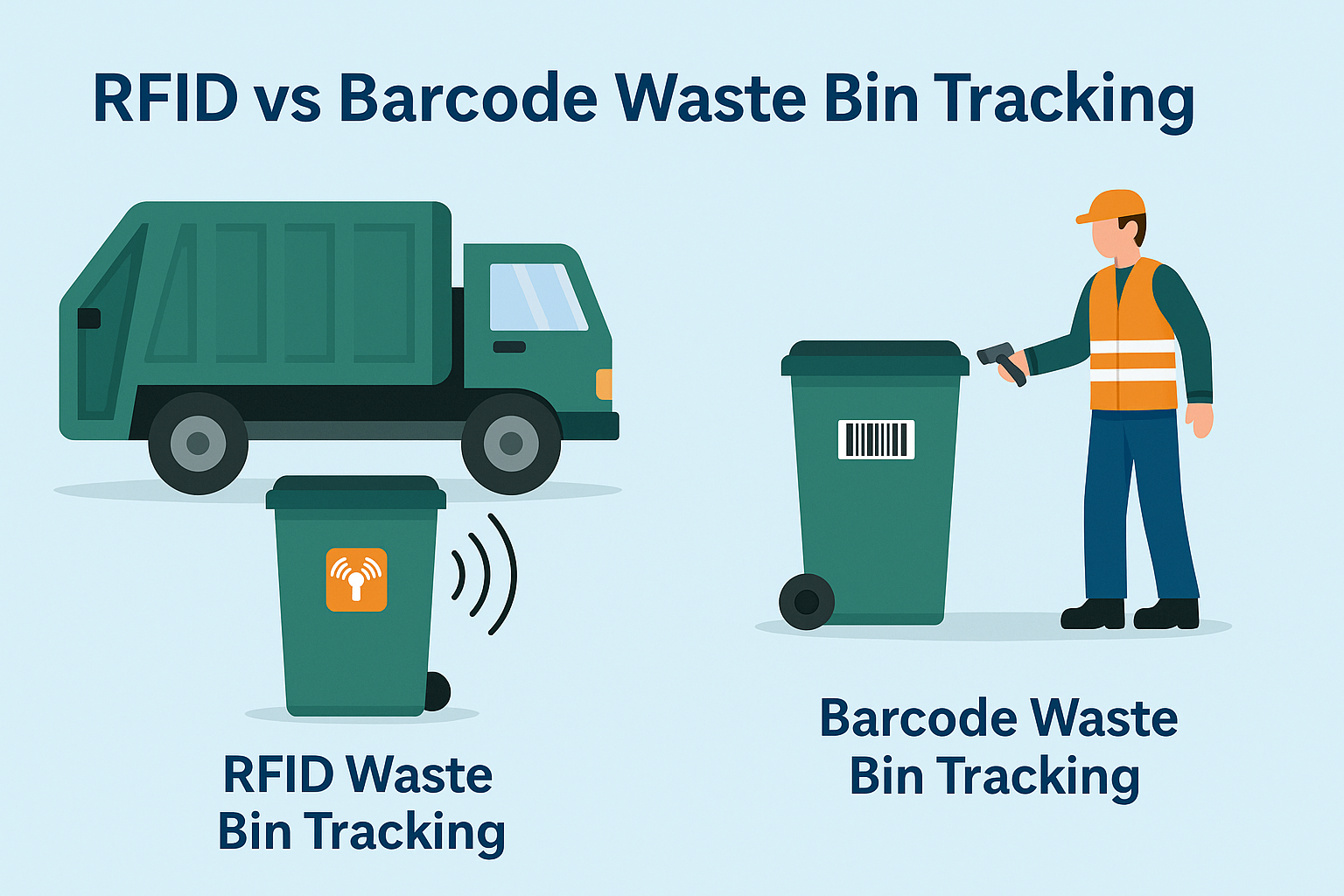
What Is RFID Waste Management
Imagine a city where every trash bin speaks — not literally — but through a tiny chip that tells the system when it’s full, when it’s emptied, and where it went. That’s what RFID waste management is doing today.

What are Bolt Seals and their Applications? | Complete Guide
In global trade and logistics, bolt seals play a crucial role in ensuring cargo security and compliance. These small but powerful devices are designed to lock shipping containers, trailers, and cargo doors with a tamper-evident mechanism.
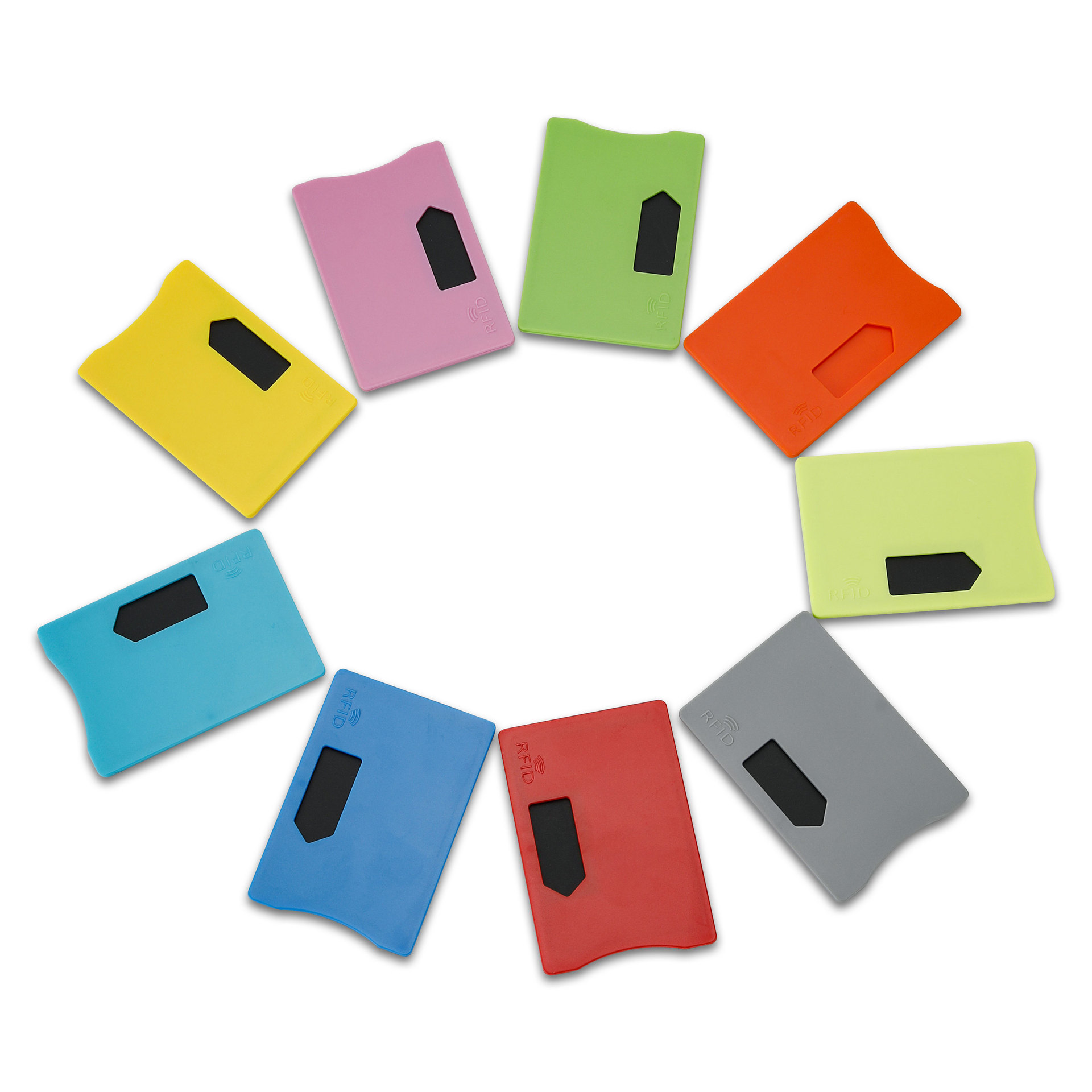
What is an RFID Card Protector? Benefits, Use Cases, and Buying Guide
RFID technology (Radio Frequency Identification) is everywhere: in your credit cards, ID badges, transit passes, hotel room keys, and more. It offers speed and convenience, but it also opens the door to a new kind of digital theft called “skimming.” That’s where an RFID card protector comes in.

RFID Wristbands for Events: Bulk Buying Guide for Organizers
RFID wristbands for events are becoming the go-to solution for organizers who need faster entry, fraud prevention, and cashless payments at concerts, festivals, and sports venues. Unlike paper tickets or QR codes, these smart wristbands use embedded chips to streamline access, secure transactions, and improve the guest experience.
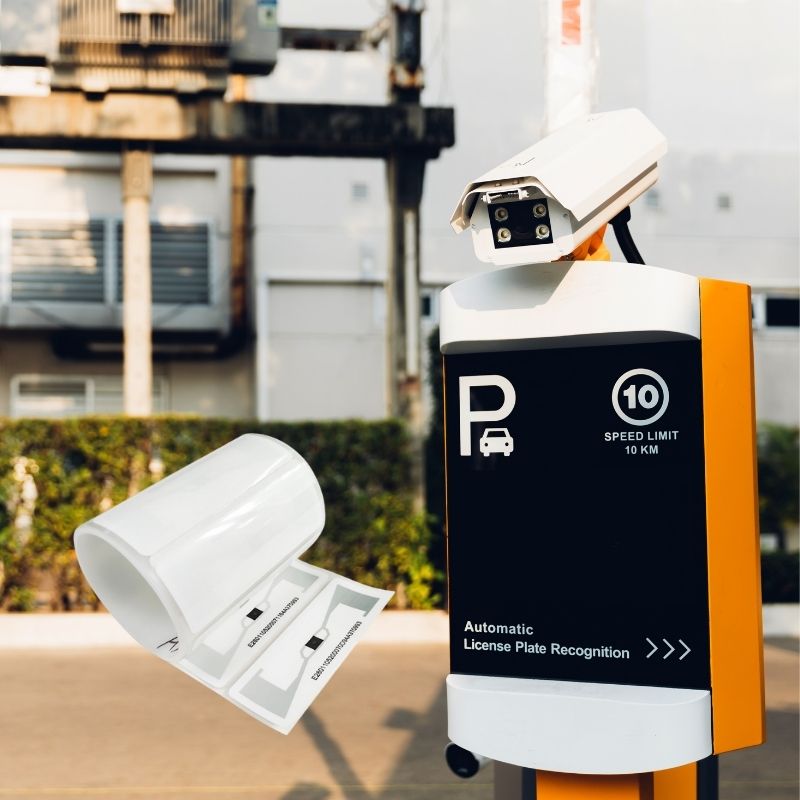
How RFID Tag on Windscreen Improves Vehicle Access Control and Toll Systems
In today’s fast-paced world, vehicle identification needs to be quick, secure, and contactless. An RFID Tag on the Windscreen provides exactly that — a reliable way to manage toll collection, parking, and gated access without stopping vehicles.
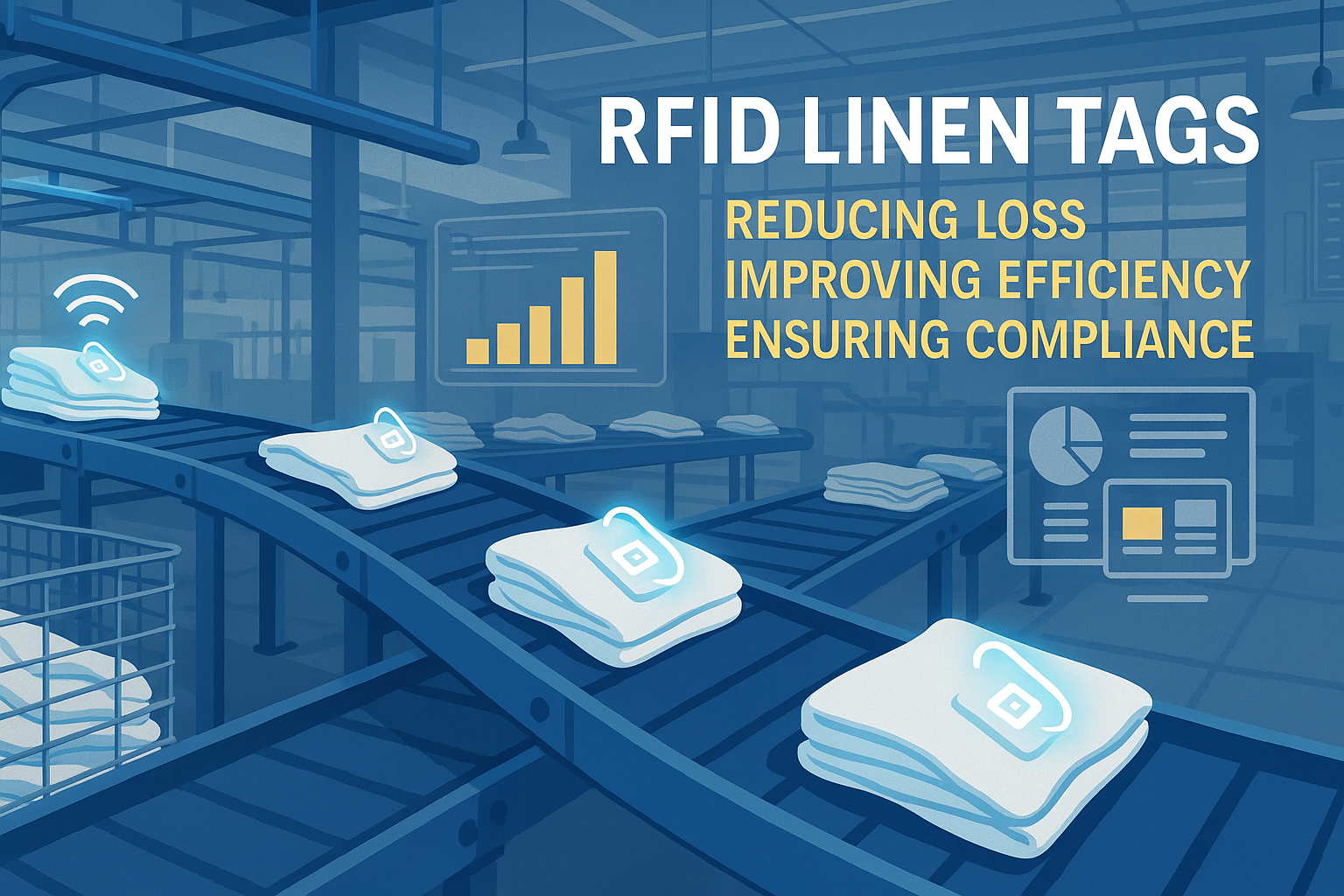
The Benefits of RFID Linen Tags in Commercial Laundry
Managing laundry in hospitals, hotels, or large laundry services is a big job. Each day, thousands of sheets, towels, and uniforms are washed, sorted, and sent back out. But problems like lost linens, sorting mistakes, and manual counting can cost companies a lot of money. For example, mid-sized hotels can lose over $200,000 each year from missing linens.
That’s where RFID Linen Tags come in.
Tags
RELATED BLOGS

What Is RFID Waste Management
Imagine a city where every trash bin speaks — not literally — but through a tiny chip that tells the system when it’s full, when it’s emptied, and where it went. That’s what RFID waste management is doing today.

What are Bolt Seals and their Applications? | Complete Guide
In global trade and logistics, bolt seals play a crucial role in ensuring cargo security and compliance. These small but powerful devices are designed to lock shipping containers, trailers, and cargo doors with a tamper-evident mechanism.

What is an RFID Card Protector? Benefits, Use Cases, and Buying Guide
RFID technology (Radio Frequency Identification) is everywhere: in your credit cards, ID badges, transit passes, hotel room keys, and more. It offers speed and convenience, but it also opens the door to a new kind of digital theft called “skimming.” That’s where an RFID card protector comes in.

